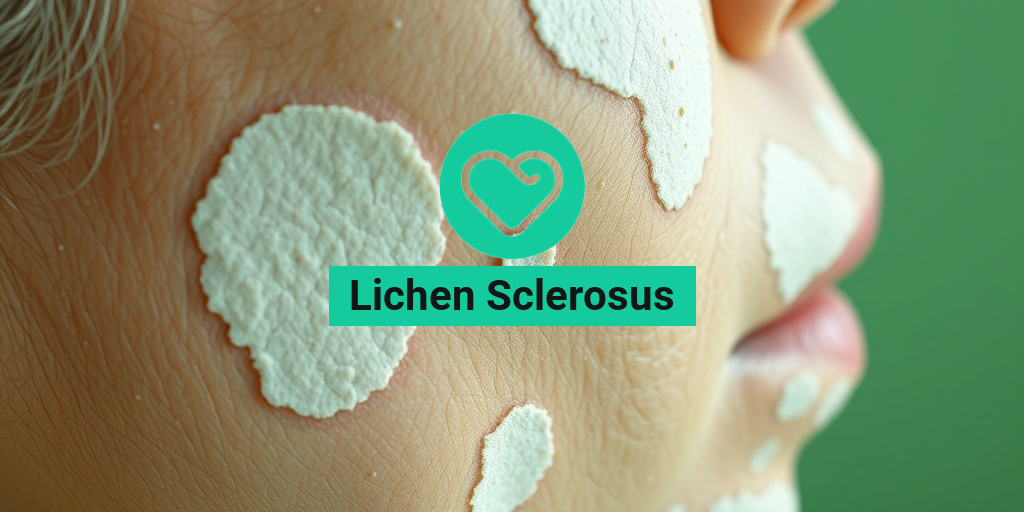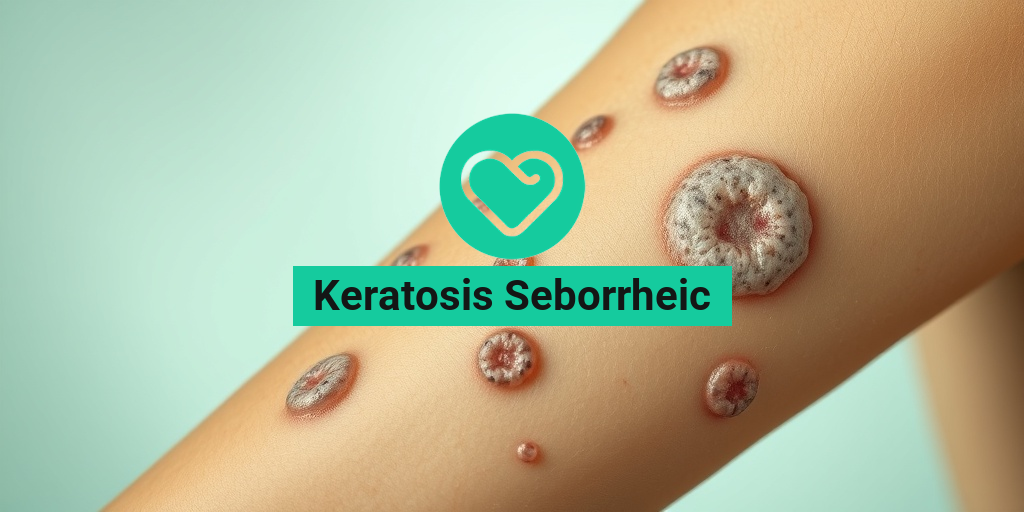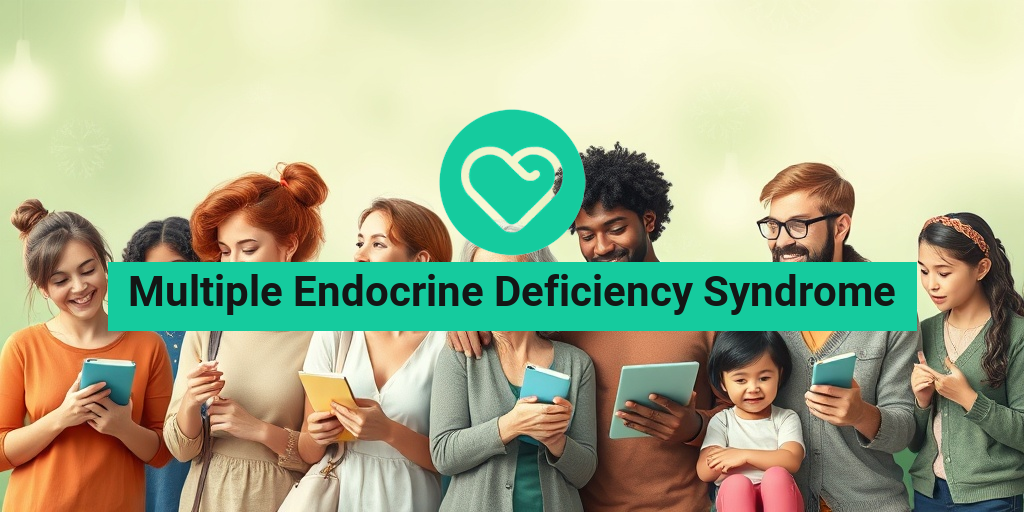What Is Lichen Sclerosus?
Lichen Sclerosus is a chronic inflammatory skin condition that primarily affects the genital and anal areas, although it can occur on other parts of the body as well. This condition is characterized by white patches of skin that can become thin, fragile, and prone to tearing. While it can affect individuals of any age, it is most commonly diagnosed in postmenopausal women. However, men and children can also be affected.
The exact cause of lichen sclerosus remains unclear, but it is believed to involve an autoimmune response, where the body’s immune system mistakenly attacks its own tissues. Genetic factors, hormonal changes, and environmental triggers may also play a role in its development.
Understanding lichen sclerosus is crucial for early diagnosis and effective management. If you suspect you may have this condition, consulting a healthcare professional is essential for proper evaluation and treatment.
Lichen Sclerosus Symptoms
Recognizing the symptoms of lichen sclerosus is vital for timely intervention. The symptoms can vary significantly from person to person, but some common signs include:
1. White Patches on the Skin
One of the hallmark symptoms of lichen sclerosus is the appearance of white patches on the skin, particularly in the genital and anal regions. These patches may be smooth or slightly raised and can vary in size.
2. Itching and Discomfort
Many individuals experience intense itching in the affected areas. This itching can lead to scratching, which may worsen the condition and cause further irritation or injury to the skin.
3. Pain During Intercourse
For those affected in the genital area, lichen sclerosus can lead to significant discomfort or pain during sexual intercourse. This symptom can impact intimate relationships and overall quality of life.
4. Skin Fragility and Tearing
The skin affected by lichen sclerosus can become very thin and fragile, making it more susceptible to tearing or injury. This fragility can lead to bleeding and increased risk of infections.
5. Changes in Skin Texture
In addition to white patches, the skin may also exhibit changes in texture, becoming shiny or wrinkled. These changes can be distressing and may require medical attention.
6. Scarring
Over time, lichen sclerosus can lead to scarring in the affected areas, which may result in changes to the anatomy of the genital region. This can further complicate symptoms and treatment options.
7. Other Symptoms
Some individuals may also experience symptoms such as painful urination or urinary incontinence if the condition affects the urethra. In rare cases, lichen sclerosus can be associated with other autoimmune conditions.
If you are experiencing any of these symptoms, it is important to seek medical advice. Early diagnosis and treatment can help manage symptoms effectively and prevent complications. Resources like Yesil Health AI can provide evidence-based health answers and support for those dealing with lichen sclerosus.
In conclusion, lichen sclerosus is a complex condition that requires awareness and understanding. By recognizing the symptoms and seeking appropriate care, individuals can manage their health and improve their quality of life. Remember, you are not alone in this journey, and support is available! 🌼

Lichen Sclerosus Causes
Lichen sclerosus is a chronic skin condition that primarily affects the genital and anal areas, although it can occur on other parts of the body as well. Understanding the causes of lichen sclerosus is crucial for effective management and treatment. While the exact cause remains unclear, several factors have been identified that may contribute to the development of this condition.
Autoimmune Response
One of the leading theories regarding the cause of lichen sclerosus is an autoimmune response. In autoimmune conditions, the body’s immune system mistakenly attacks its own tissues. This can lead to inflammation and damage in the affected areas. Some studies suggest that individuals with lichen sclerosus may have a higher prevalence of other autoimmune disorders, indicating a potential link.
Hormonal Factors
Hormonal changes, particularly those related to estrogen, may also play a role in the onset of lichen sclerosus. Many women report that their symptoms worsen during menopause, a time when estrogen levels decline significantly. This hormonal connection suggests that hormonal imbalances could be a contributing factor in the development of this condition.
Genetic Predisposition
There may be a genetic component to lichen sclerosus, as it has been observed to run in families. If you have a family history of autoimmune diseases or skin conditions, you might be at a higher risk for developing lichen sclerosus. Genetic factors can influence how your body responds to environmental triggers, potentially leading to the development of this condition.
Environmental Triggers
Environmental factors, such as skin trauma or irritation, may also trigger lichen sclerosus in susceptible individuals. For example, chronic friction, infections, or even certain skin care products can irritate the skin and potentially lead to the onset of symptoms. It’s essential to be mindful of any changes in your skin or symptoms that arise after exposure to specific irritants.
Lichen Sclerosus Risk Factors
Identifying the risk factors associated with lichen sclerosus can help in early detection and management of the condition. While anyone can develop lichen sclerosus, certain groups may be more susceptible.
Age and Gender
Lichen sclerosus is most commonly diagnosed in women, particularly those who are postmenopausal. However, it can also affect men and children. The condition is often diagnosed in individuals aged 50 and older, making age a significant risk factor. For men, lichen sclerosus can lead to complications such as phimosis, which is a narrowing of the foreskin.
Family History
If you have a family history of lichen sclerosus or other autoimmune diseases, your risk of developing this condition may be higher. Genetic predisposition plays a role in how your body reacts to various triggers, making it essential to be aware of your family’s health history.
Other Autoimmune Disorders
Individuals with a history of other autoimmune disorders, such as thyroid disease, vitiligo, or alopecia areata, may be at an increased risk for lichen sclerosus. The presence of one autoimmune condition can often lead to the development of others, highlighting the importance of monitoring your health if you have been diagnosed with any autoimmune disease.
Skin Conditions
People with a history of skin conditions, such as eczema or psoriasis, may also be more susceptible to lichen sclerosus. These conditions can compromise the skin’s barrier function, making it more vulnerable to irritation and inflammation.
Chronic Skin Irritation
Chronic skin irritation, whether from friction, infections, or other irritants, can increase the risk of developing lichen sclerosus. It’s essential to be mindful of any persistent irritation in the genital or anal areas and seek medical advice if symptoms arise.
In conclusion, while the exact causes of lichen sclerosus remain uncertain, understanding the potential triggers and risk factors can empower individuals to seek timely medical intervention and manage their symptoms effectively. If you suspect you may have lichen sclerosus, consulting a healthcare professional is crucial for proper diagnosis and treatment. 🌼

Lichen Sclerosus Diagnosis
Lichen sclerosus is a chronic skin condition that primarily affects the genital and anal areas, although it can occur on other parts of the body. Diagnosing lichen sclerosus can be challenging due to its similarity to other skin disorders. Here’s what you need to know about the diagnosis process.
Recognizing Symptoms
The first step in diagnosing lichen sclerosus is recognizing its symptoms. Common symptoms include:
- Itching: Persistent itching in the affected areas is often the first sign.
- White Patches: The skin may develop white, shiny patches that can be thin and fragile.
- Pain or Discomfort: Many individuals experience pain during sexual intercourse or while urinating.
- Skin Changes: The skin may become scarred or develop fissures.
Consulting a Healthcare Professional
If you suspect you have lichen sclerosus, it’s essential to consult a healthcare professional. They will typically start with a thorough medical history and a physical examination. During the examination, the doctor will look for characteristic signs of the condition.
Diagnostic Tests
In some cases, a healthcare provider may perform additional tests to confirm the diagnosis:
- Skin Biopsy: A small sample of skin may be taken and examined under a microscope to rule out other conditions.
- Blood Tests: These may be conducted to check for autoimmune disorders that could be associated with lichen sclerosus.
It’s important to note that lichen sclerosus can sometimes be mistaken for other conditions, such as lichen planus or vulvodynia. Therefore, a proper diagnosis is crucial for effective treatment.
Lichen Sclerosus Treatment Options
While there is currently no cure for lichen sclerosus, various treatment options can help manage symptoms and improve quality of life. The choice of treatment often depends on the severity of the condition and the specific symptoms experienced.
Topical Treatments
One of the most common treatment options for lichen sclerosus is the use of topical medications. These may include:
- High-Potency Corticosteroids: These creams or ointments can help reduce inflammation and relieve itching.
- Calcineurin Inhibitors: Medications like tacrolimus or pimecrolimus may be prescribed for those who do not respond well to corticosteroids.
Oral Medications
In more severe cases, oral medications may be necessary. These can include:
- Systemic Corticosteroids: These are used for short-term management of severe symptoms.
- Immunosuppressants: Drugs like methotrexate may be considered for individuals with significant symptoms that do not respond to topical treatments.
Other Treatment Options
In addition to medications, other treatment options may be beneficial:
- Phototherapy: This involves exposing the affected skin to ultraviolet light under medical supervision.
- Moisturizers: Regular use of emollients can help keep the skin hydrated and reduce irritation.
- Education and Support: Joining support groups or seeking counseling can help individuals cope with the emotional aspects of living with lichen sclerosus.
Monitoring and Follow-Up
Regular follow-up appointments with a healthcare provider are essential for managing lichen sclerosus. This allows for monitoring of the condition and adjustments to treatment as needed. It’s also important to be vigilant for any changes in symptoms, as lichen sclerosus can increase the risk of skin cancer in the affected areas.
In conclusion, while lichen sclerosus can be a challenging condition to manage, understanding the diagnosis and treatment options available can empower individuals to take control of their health. If you suspect you have lichen sclerosus, don’t hesitate to reach out to a healthcare professional for guidance and support. 🌼

Lichen Sclerosus Home Remedies
Lichen sclerosus is a chronic skin condition that primarily affects the genital and anal areas, leading to symptoms such as itching, pain, and discomfort. While medical treatments are essential, many individuals seek home remedies to alleviate symptoms and improve their quality of life. Here are some effective home remedies that may help manage lichen sclerosus:
1. Moisturizing Creams and Oils
Keeping the affected areas well-moisturized is crucial. Consider using:
- Coconut oil: Known for its anti-inflammatory properties, coconut oil can soothe irritation and provide moisture.
- Aloe vera gel: This natural remedy is famous for its healing properties and can help reduce inflammation and discomfort.
- Emollient creams: Look for fragrance-free, hypoallergenic creams designed for sensitive skin.
2. Warm Baths
Taking warm baths can provide immediate relief from itching and discomfort. Adding ingredients like:
- Oatmeal: Colloidal oatmeal can help soothe irritated skin.
- Epsom salts: These can reduce inflammation and promote relaxation.
Make sure the water is not too hot, as excessive heat can worsen symptoms.
3. Dietary Adjustments
What you eat can impact your overall health and skin condition. Consider incorporating:
- Anti-inflammatory foods: Foods rich in omega-3 fatty acids, such as salmon, walnuts, and flaxseeds, can help reduce inflammation.
- Fruits and vegetables: A diet high in antioxidants can support skin health. Berries, leafy greens, and citrus fruits are excellent choices.
4. Herbal Remedies
Some herbs may offer relief from lichen sclerosus symptoms. Popular options include:
- Chamomile: Known for its calming effects, chamomile tea can help reduce inflammation.
- Turmeric: This spice has potent anti-inflammatory properties. Consider adding it to your meals or taking it as a supplement.
5. Stress Management Techniques
Stress can exacerbate lichen sclerosus symptoms. Incorporating relaxation techniques such as:
- Meditation: Practicing mindfulness can help reduce stress levels.
- Yoga: Gentle yoga can improve flexibility and promote relaxation.
Lichen Sclerosus Living with the Condition
Living with lichen sclerosus can be challenging, but understanding the condition and adopting effective coping strategies can significantly improve your quality of life. Here are some tips for managing daily life with lichen sclerosus:
1. Educate Yourself
Knowledge is power. Understanding lichen sclerosus, its symptoms, and treatment options can help you feel more in control. Consider joining support groups or online forums where you can connect with others facing similar challenges. Sharing experiences can provide comfort and valuable insights.
2. Communicate with Your Healthcare Provider
Regular check-ups with your healthcare provider are essential. Discuss any changes in your symptoms or concerns you may have. Open communication can lead to better management of the condition and adjustments in treatment if necessary.
3. Practice Good Hygiene
Maintaining proper hygiene is crucial for managing lichen sclerosus. Here are some tips:
- Gentle cleansing: Use mild, unscented soaps and avoid harsh chemicals that can irritate the skin.
- Wear breathable fabrics: Opt for cotton underwear and loose-fitting clothing to reduce friction and irritation.
4. Manage Symptoms During Intimacy
For those affected in the genital area, intimacy can be challenging. Here are some strategies:
- Use lubricants: Water-based or silicone-based lubricants can help reduce friction and discomfort during intercourse.
- Communicate with your partner: Open discussions about your condition can foster understanding and support.
5. Seek Emotional Support
Living with a chronic condition can take a toll on your mental health. Consider seeking support from:
- Therapists or counselors: Professional help can provide coping strategies and emotional support.
- Support groups: Connecting with others who understand your experiences can be incredibly beneficial.
By implementing these strategies and remedies, individuals living with lichen sclerosus can find relief and improve their overall well-being. Remember, you are not alone in this journey! 🌼

Frequently Asked Questions about Lichen Sclerosus
What is Lichen Sclerosus?
Lichen Sclerosus is a chronic skin condition that primarily affects the genital and anal areas, although it can occur on other parts of the body. It is characterized by white patches of skin that can become thin and fragile, leading to discomfort and itching.
What are the symptoms of Lichen Sclerosus?
Common symptoms include:
- Itching in the affected areas
- White patches of skin
- Thinning skin that may tear easily
- Pain during sexual intercourse
- Discomfort during urination
How is Lichen Sclerosus diagnosed?
Diagnosis typically involves a physical examination and may include a biopsy to rule out other conditions. A healthcare provider will assess the symptoms and appearance of the skin.
What are the treatment options for Lichen Sclerosus?
Treatment options may include:
- Topical corticosteroids to reduce inflammation
- Moisturizers to alleviate dryness
- Immunosuppressive medications in severe cases
- Regular follow-ups with a healthcare provider
Can Lichen Sclerosus lead to cancer?
While Lichen Sclerosus itself is not cancerous, it can increase the risk of developing certain types of skin cancer, particularly in the genital area. Regular monitoring and follow-up with a healthcare provider are essential.
Is Lichen Sclerosus common?
This condition is relatively rare but can affect individuals of any age, with a higher prevalence in postmenopausal women. Early diagnosis and treatment can help manage symptoms effectively.
Can lifestyle changes help manage Lichen Sclerosus?
Yes, certain lifestyle changes can help manage symptoms, including:
- Avoiding irritants such as harsh soaps and fragrances
- Wearing loose-fitting clothing to reduce friction
- Practicing good hygiene without over-washing
Where can I find support for Lichen Sclerosus?
Support groups and online communities can provide valuable resources and emotional support. Connecting with others who have similar experiences can be beneficial.
What should I do if I suspect I have Lichen Sclerosus?
If you suspect you have Lichen Sclerosus, it is important to consult a healthcare provider for an accurate diagnosis and appropriate treatment plan. Early intervention can help manage symptoms effectively.




